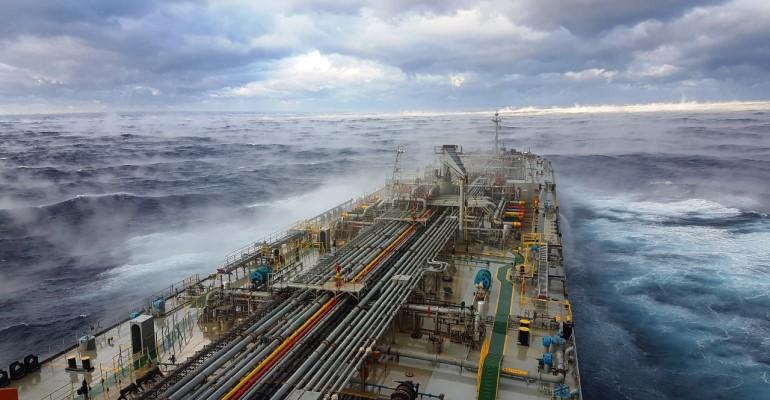Despite a significant fall in trade volumes in January –down by close to 30% on 2023 monthly averages – there has been ‘a stunning spike’ in clean tanker rates, according to the latest report from shipbroker, Gibson.
Of 19 LR2 tankers that loaded in January, 12 took the Cape of Good Hope route, according to Gibson figures. Ten out of 13 LR1s sailed via the Cape, as did all four medium range (MR) vessels. Meanwhile, most crude tankers are avoiding the Red Sea. It is therefore surprising, Gibson said, that this market hasn’t moved in the same way. This is particularly surprising for Suezmax tankers that dominate the Middle East Gulf to Europe trade, the broker noted.
There are several reasons. Firstly, larger cargo consignments mean fewer tankers. Fleet size is another factor: there are more than 660 Suezmax tankers and 900 VLCCs, but only about 250 LR2s and 260 LR1s are currently working clean markets, Gibson said, with the rest of those fleets trading dirty. There has also been a clear shift away from Suezmax tankers – these accounted for 80% of the crude shipped from the Middle East Gulf to Europe last year, but only 55% in January.
Meanwhile, hopes of an improved security situation in the Red Sea have faded, Gibson said, following further attacks on commercial vessels and Israel rejecting Hamas’ proposed ceasefire terms. Tankers with significant recent Russian trading history continue to transit en masse, both laden and in ballast, seemingly unaffected by escalating tensions and despite the three attacks on vessels with connections to Russia, or Russian cargo.
Copyright © 2024. All rights reserved. Seatrade, a trading name of Informa Markets (UK) Limited.
Add Seatrade Maritime News to your Google News feed.  |

